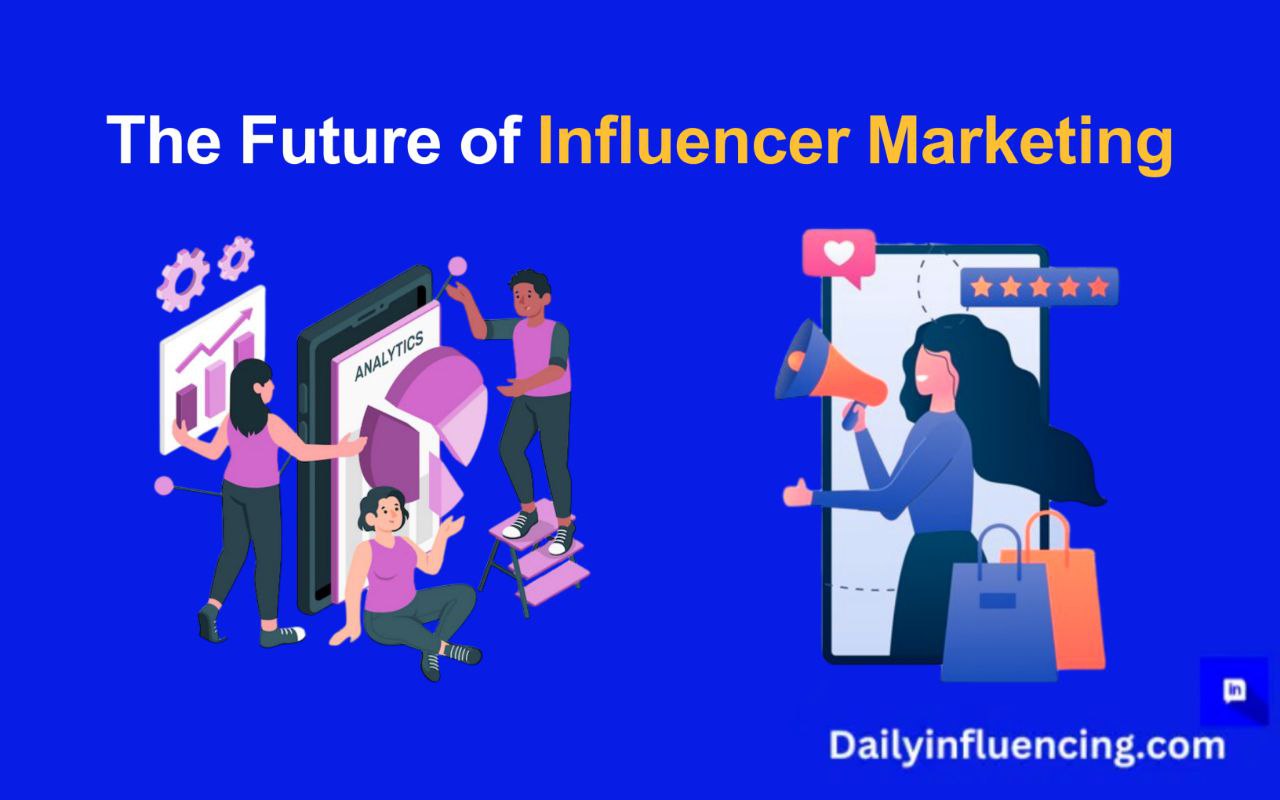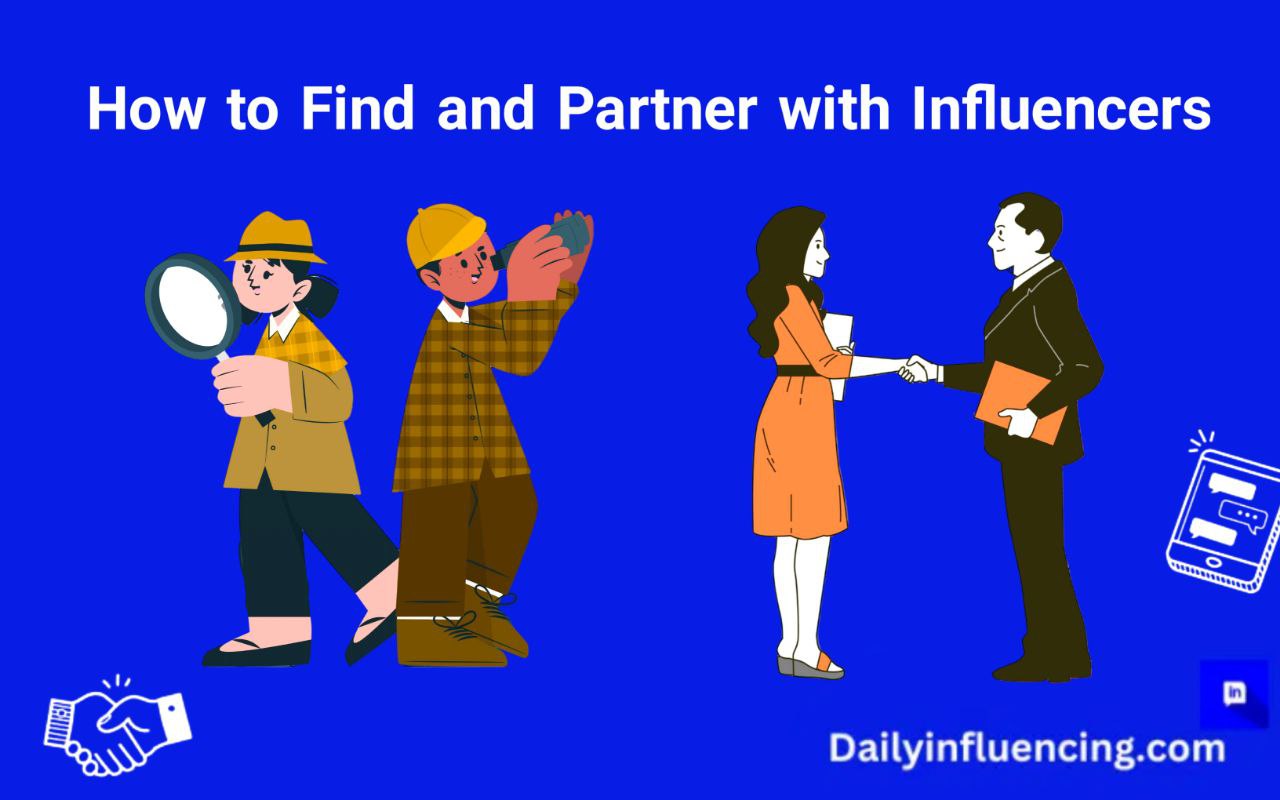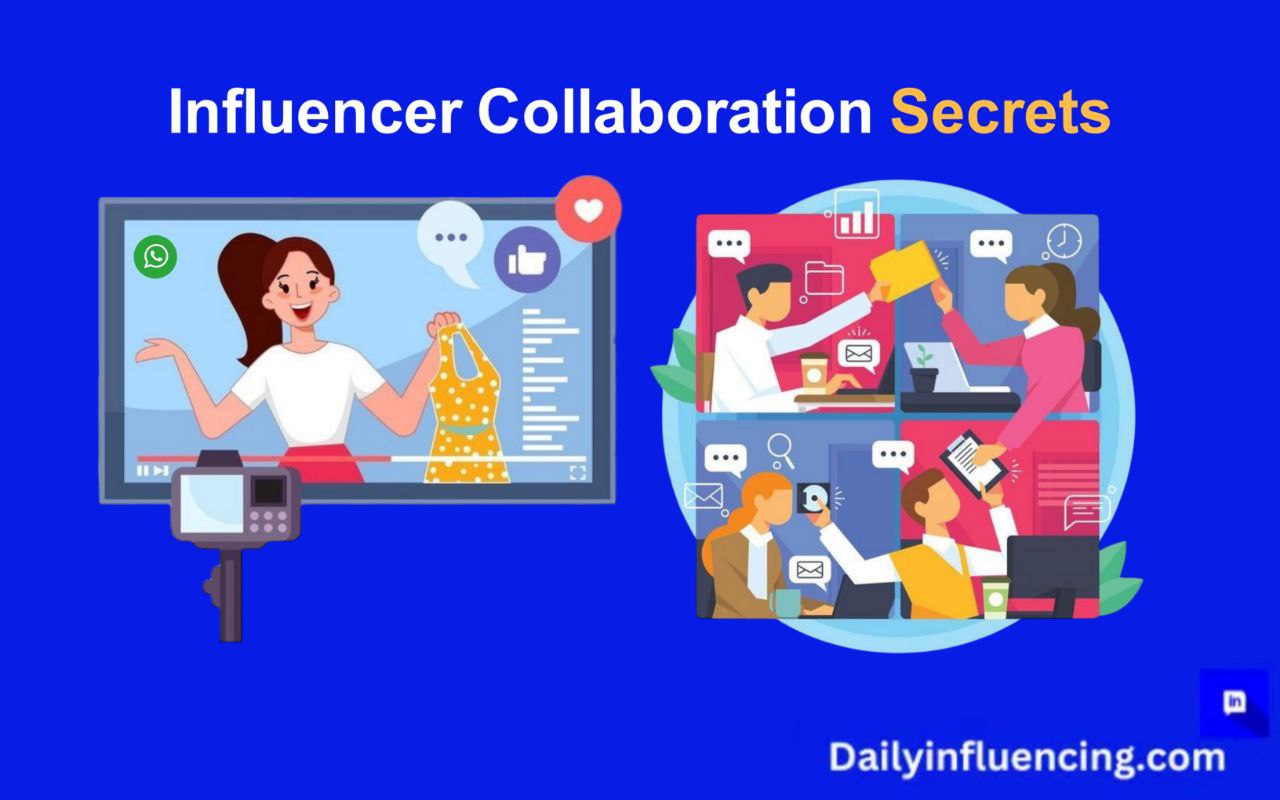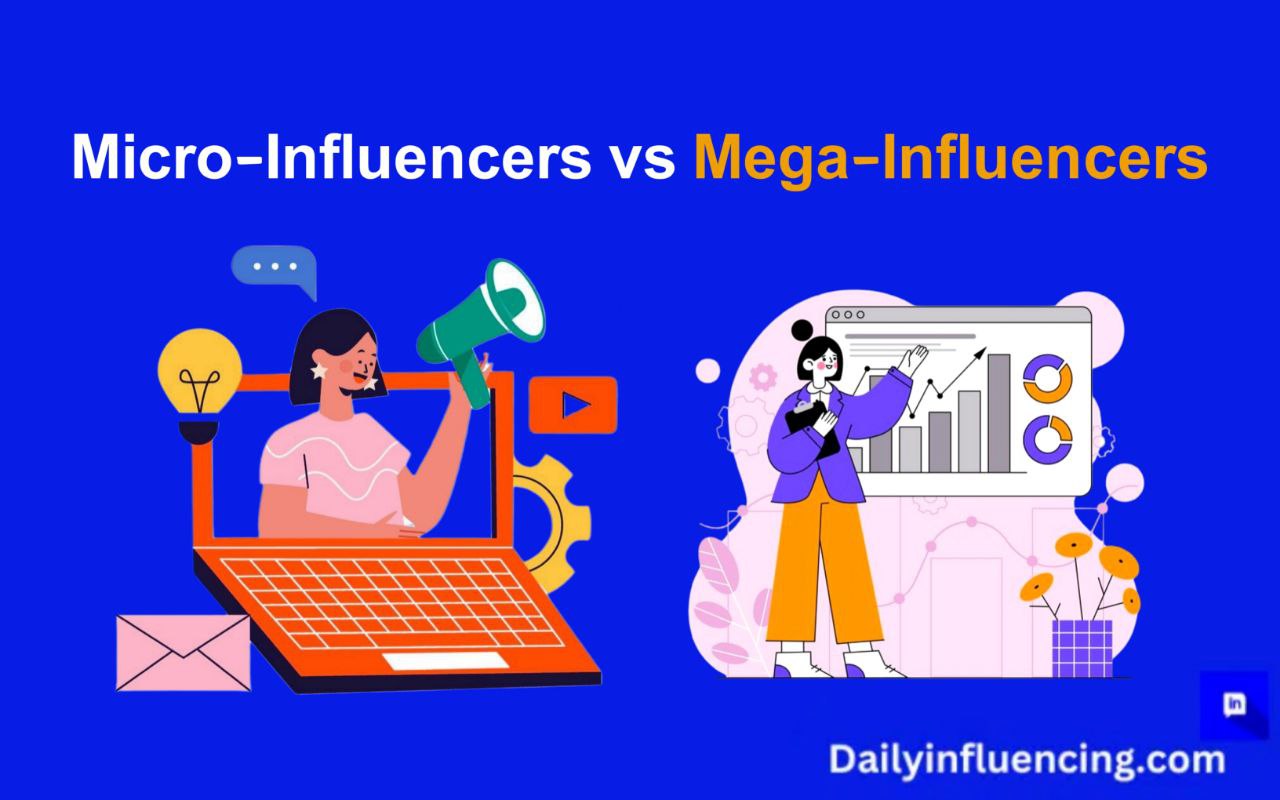
Compare Micro-Influencers vs Mega-influencers for 2024 influencer marketing strategies. Learn benefits, effectiveness and ROI for your brand.
In the ever-evolving world of influencer marketing, brands are constantly seeking the most effective strategies to reach their target audiences. Two popular approaches have emerged: partnering with micro-influencers or mega-influencers. But which approach yields better results?
Here in this article, we’ll delve into the benefits and drawbacks of each, exploring the latest trends and statistics to help you make informed decisions for your 2024 influencer marketing campaigns.
Understanding the Influencer Landscape
When it comes to Understanding the influencer Landscape, it means the awareness or the degree of understanding of the ecosystem in which influencers operate.
Components:
- Categories of influencers (micro, mega, celebrity)
- Influencer Types (gamers, food, fitness, travel, beauty and so on)
- Social media platforms ( WhatsApp, Facebook e.t.c.
- They have been for instance using influencer marketing as one of their key marketing approaches.
- Industry trends and issues (inappropriate followers, compliance and so on)
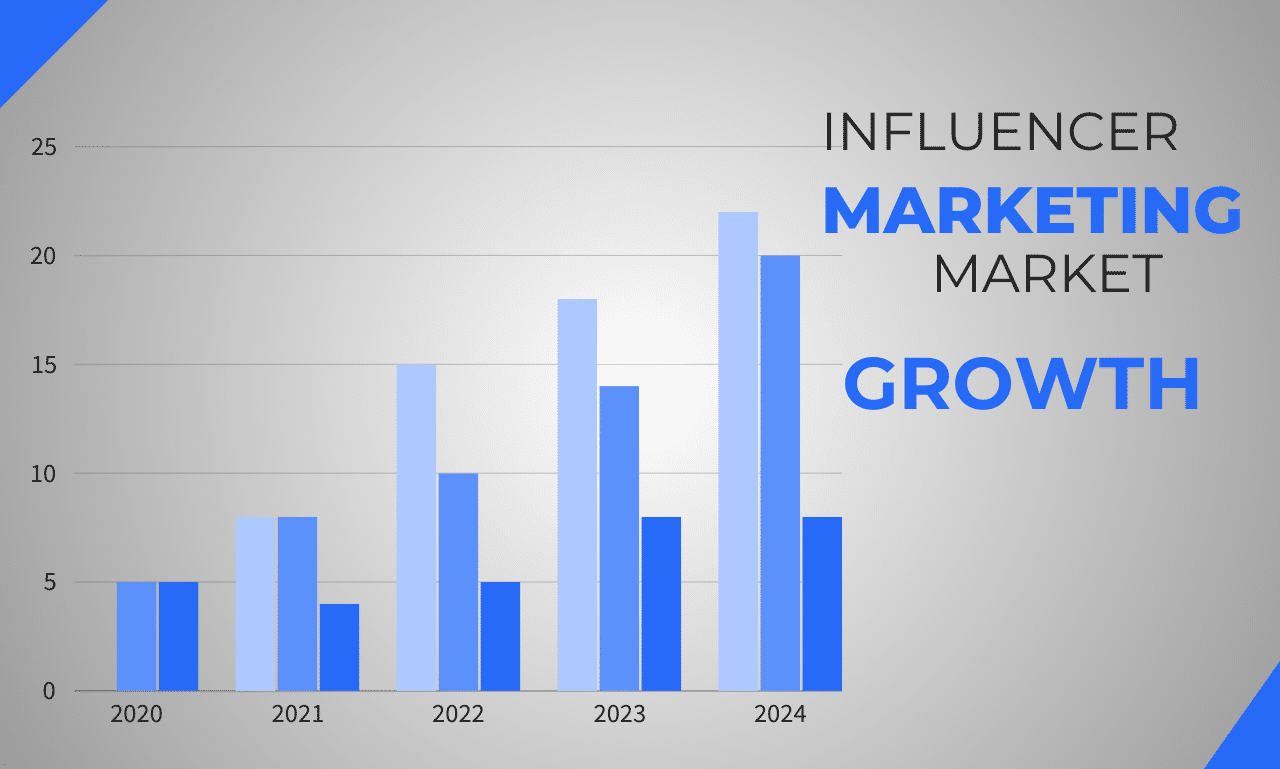
Defining Micro-Influencers and Mega-Influencers
MICRO-INFLUENCER
Using brand-savvy and targeted audiences but with comparatively smaller amounts of followers, micro-influencers are social media users who have a specialty-specific follower base of up to 100k. They have achieved their success through the provision of relevant, relevant and reliable content to the people.
Check out example of a Micro-Influencers on Instagram
Benefits of Micro-Influencers
- High Level of Interaction: The micro-influencers usually stand a higher level of Inter.
- Credibility On account of expertise in their Area of specialization: Micro-influencers are more believable.
- Cost-Effectiveness: It is important to note that partnering with micro-influencers as relatively cheaper option, as compared to partnering with mega-influencers.
- Authenticity: The content put out by Micro-influencers is considered genuine since they only post products they love.
MEGA-INFLUENCERS
Mega-influencers are people with a large popularity that are gained through social media networks, blogs or forums that have 100 000 plus followers. From here they become famous through any platform they choose including television, music or sports.
Check out example of Mega-influencers on Instagram
Benefits of Mega-Influencers
- Massive Reach: The mega-influencers can potentially put your brand in front of millions of different people.
- Brand Awareness: Working with mega-influencers can increase your brand popularity within a short time.
- Credibility: They will make their followers trusting your brand due to their influence on them.
- Wide Appeal: This means that mega-influencers can get your brand in front of different audiences besides the follower cross-over.
The differences In audience size, engagement rates, and authenticity between these two groups compel brands to assess their objectives critically when selecting the right influencer type for their marketing endeavors.
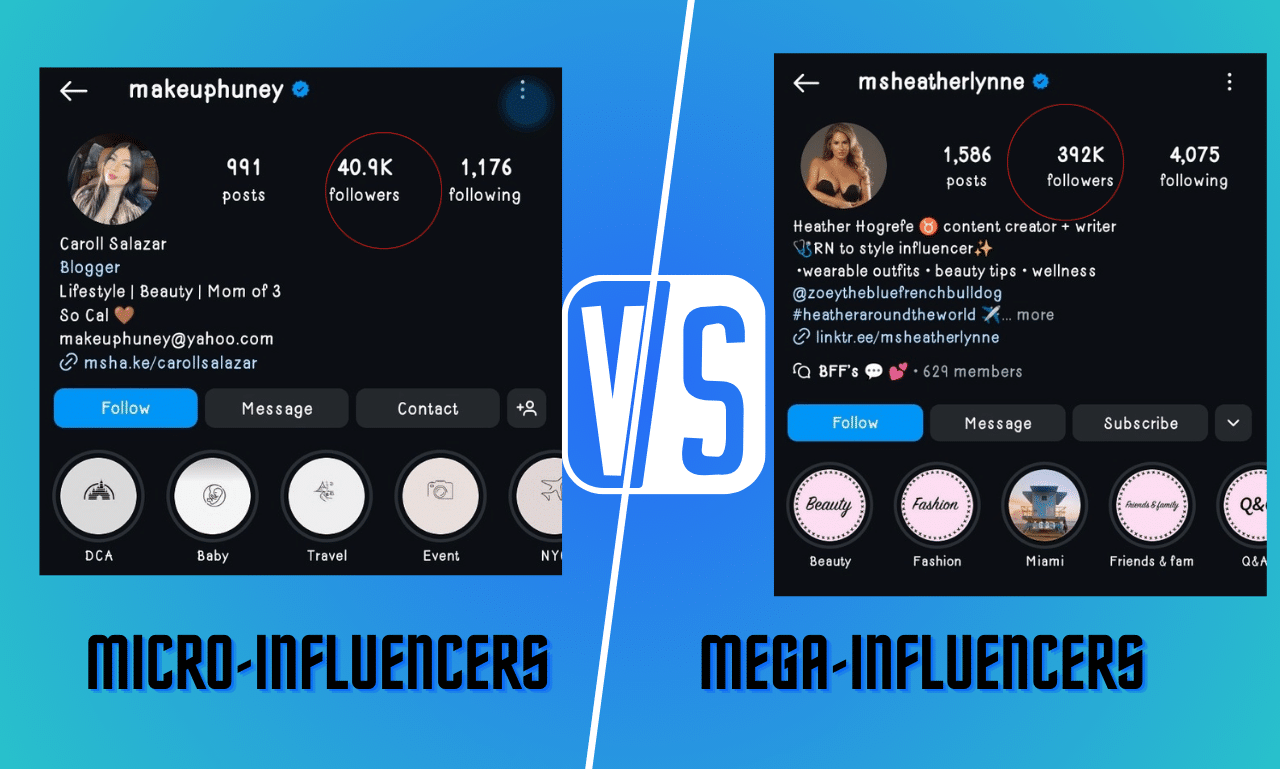
CHALLENGES OF BOTH SIDES
Challenges of Working with Micro-Influencers
- Limited Reach: While micro-influencers possess high engagement rates, their limited audience size might restrict reach compared to mega-influencers. Brands targeting broad demographics may find micro-influencers suboptimal
- Consistency Concerns: Micro-influencers can sometimes have inconsistent posting schedules or content quality. This variability can lead to challenges for brands relying on a specific timeline or quality of deliverables
Challenges of Working with Mega-Influencers
- High Costs: Engaging mega-influencers can be prohibitively expensive for many brands. Depending on the influencer’s fame and market demand, costs can extend into hundreds of thousands or even millions of dollars.
- Limited Authentic Interaction: With such a massive following, mega-influencers may struggle to interact meaningfully with all their fans. Consequently, the relationship between the influencer and their audience may feel less personal, impacting trust.
Case Studies: Micro-Influencers vs. Mega-Influencers

Daniel Wellington: Partnered with 100 micro-influencers, resulting in a 25% increase in sales.
Coca-Cola: Collaborated with mega-influencer Selena Gomez, reaching 100 million+ people.
WhatsApp INFLUENCERS MARKETING
WhatsApp, with its 2 billion+ users, offers a unique opportunity for influencer marketing. Micro-influencers, in particular, excel on WhatsApp due to their:
- Personalized Content: Micro-influencers can share exclusive deals and promotions..
- Intimate Audience: WhatsApp’s private messaging nature fosters deeper connections.
Case Studies:
1. Pepsi’s WhatsApp influencer campaign reached 1.5 million users.
2. Coca-Cola’s WhatsApp contest increased sales by 15%.
3. Nike’s WhatsApp influencer partnership drove 25% more engagement.
Moreover,WhatsApp influencer marketing offers a unique opportunity to connect with targeted audiences through personalized messaging.

Which Is Best for Your Brand in 2024?
The choice between micro-influencers and mega-influencers depends on your brand’s goals, target audience, and budget. For brands looking for high engagement and authenticity, micro-influencers might be the best choice.
However, if your goal is to reach a large audience quickly, mega-influencers could be more effective. A hybrid approach, combining both types of influencers, can also be a powerful strategy.
Now looking at the question of whether micro-influencers or mega-influencers are better for your brand in 2024, it’s a question of what you want to achieve from this partnership, your target market and your pocket.
Mega-Influencers: They should be used when one wants a very large number of exposure and higher brand visibility. But can boast more than 1M followers; still, it costs $2-3 million to post something.
Cristiano Ronaldo, Kim Kardashian and Selena Gomez are all representatives of mega-influencers. Collectively, they attract a wide demographic, and are not as focused as some of the other advertising vehicles ideal for niche marketing.They move and move and move and q an and
Micro-Influencers: To capture the audience with a keen interest and get considerably higher engagement, initially, it is more effective with micro-influencers who have between one thousand and one hundred thousand followers.
They are industry specialists and the service is more tailored, and the service is cheaper overall than other sites on average . This is one moment where Adobe and Squarespace has been effective in micro-influencer market
The Role of Algorithm Changes and Platform Trends
Navigating Algorithm Changes
Algorithms and ways of sharing content on social media platforms are constantly evolving, allowing or disallowing something. Moreover, in the past few years, social networks such as Instagram tend to focus on personal accounts more than the businesses ones, promoting the content shared by influencers who offer interesting and relevant stories.
This change has benefited micro-influencers, whose natural content reflects the goals of platforms in question.
On the other hand, some mega-influencers are likely to be affected by this because they post to a larger number of people. Rather than have a large number of followers who don’t even take their time to look at the updates being posted, it is better to have a few but active followers.
This may lead to less appearance on the feed of users and this reduces the effect created by the influencer’s recommendations
CONCLUSION: Choosing the Right Path for 2024
Comparing micro and mega-influencers, each type has its opportunities, and finally, the choice between them is based on the objectives that brand set and the target audience. Micro-influencers are therefore promising for firms which are keen on forming long-term schemes, attaining customer loyalty, or targeting narrow niches in 2024;
By contrast, the benefits from mega-influencers would be meaningful for firms that seek high visibility, immediate awareness, or targeting broad audiences. The crux is, where one identifies one’s audience, one should target influencers of relevance.
Similarly, the future of influencer marketing depends on how brands handle the changes affecting influencers. Employing either micro or mega-influencers in a manner that underscores their effectiveness, marketers can create and launch powerful campaigns that provide clients’ target audience relevant, valuable content that creates a tangible impact in today’s evolving markets.
FAQs: Mega-Influencers vs Micro-Influencers
- Which type of influencer is best for my brand?
Answer: It depends on your goals, target audience, and budget. Mega-influencers offer broad reach, while micro-influencers provide niche expertise.
- How do I find and select the right influencers for my brand?
Answer: Research, identify niche relevance, evaluate engagement rates, and review past collaborations.
- How do I measure the success of an influencer marketing campaign?
Answer: Through track engagement rates, website traffic, sales, and ROI.
Share your experiences or thoughts on the topic in the comments below


